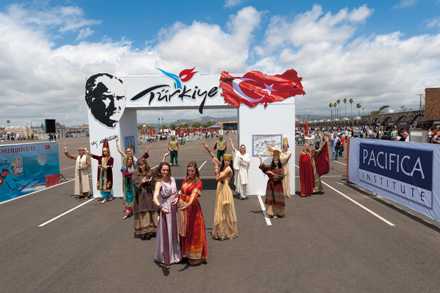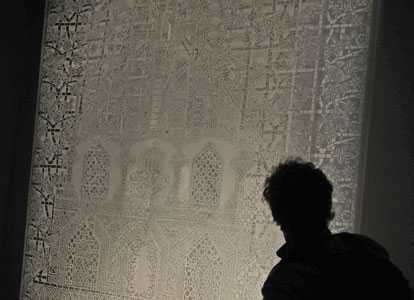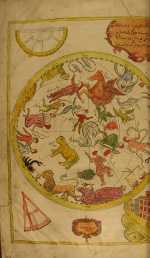LOS ANGELES, Oct. 3, 2011 /PRNewswire via COMTEX/ — The Pacifica Institute announced that Turkish-Israeli relations and other important issues facing Turkey today will be among a series of lectures at the Third Anatolian Cultures and Food Festival on October 6-9, 2011 at the Orange County Fairgrounds in Costa Mesa.

Other topics are the legacy of the Armenians in the Ottoman Empire, Islam in Turkey, Turkey and the Arab Spring, Jewish-Muslim history, and the significance of the Turkish religious leader, Fethullah Gulen. They will be presented by journalists and academics from Turkey and the U.S.
For a full schedule visit www.anatolianfestival.org/lectureseries .
The lectures are as follows:
“Islam in Turkey: An Exceptional Story” and”Islam Without Extremes: A Muslim Case for Liberty”byMustafa Akyol, columnist for the Turkish newspapers, Hurriyet Daily News and Star. Akyol’s articles have also appeared in Foreign Affairs, Newsweek, Washington Post and Wall Street Journal and his book, “Islam without Extremes: A Muslim Case for Liberty, an argument for “Muslim liberalism,” was published by W.W. Norton in July 2011.
“Turkey and the Arab Spring: Turkey’s role in the Muslim-Arab World’s Democratization Efforts”and”Turkish-Israeli Relations: From Strategic Alliance to Downgrading of Relations”byKerim Balci, Editor-in-Chief of the Turkish Review, a bimonthly journal published by Turkey’s Zaman Media Group. Balci is also a columnist in Today’s Zaman and a TV correspondent on the Middle East. He was the Jerusalem correspondent for Zaman for eight years.
“Cultural Legacy of Armenians in Anatolia and in the Ottoman Empire”byEdvin Minassian, an attorney and Chairman of the Organization of Istanbul Armenians; Chairman of the Board of Governors of the Armenian Bar Association and the Government Relations and Protocol Committee of the Western Diocese of the Armenian Apostolic Church.
“Turkish Pastas”byCharles Perry, a food writer and historian of Middle Eastern food, who served as staff writer for the Los Angeles Times Food Section from 1990-2008 and translated a 13th-Century Baghdad food book.
“Wrestling with Free Speech, Religious Freedom and Democracy in Turkey: The Political Trials and Times of Fethullah Gulen”by James C. Harrington, a human rights attorney, and founder and director of the Texas Civil Rights Project, who has taught at the University of Texas School of Law for twenty-five years.
“The Scriptural Foundations of Muslim-Jewish Dialogue and Coexistence in Muslim and Jewish Sacred Textsby Rabbi Reuven Firestone, professor of medieval Judaism and Islam at Hebrew Union College and founder and co-director of the Center for Muslim-Jewish Engagement ( www.usc.edu/cmje ).
“Yes, I Would Love Another Glass of Tea”by Katharine Branning, Vice-President of the French Institute Alliance Francaise in New York City and has a website, www.turkishhan.org , dedicated to Seljuk hans. She wrote a collection of essays on Turkey, published by Blue Dome Presse: “Yes, I Would love Another Glass of Tea”.
For schedules and information email info@anatolianfestival.org or call (310) 208 7290. Interviews are available before and during the festival.
SOURCE Anatolian Festival
Copyright (C) 2011 PR Newswire. All rights reserved
via Pacifica Institute Presents Lecture Series at Anatolian Festival – MarketWatch.





